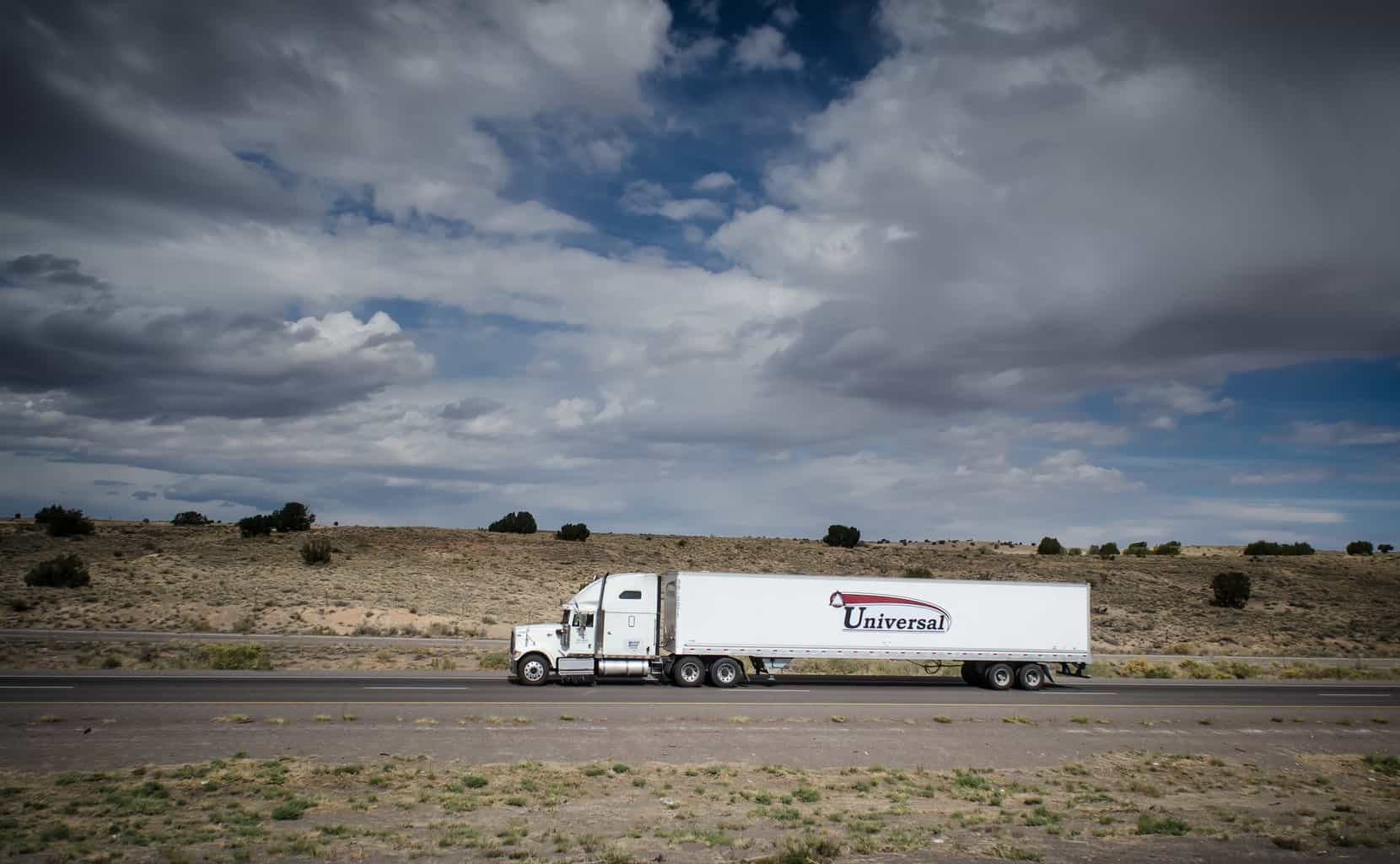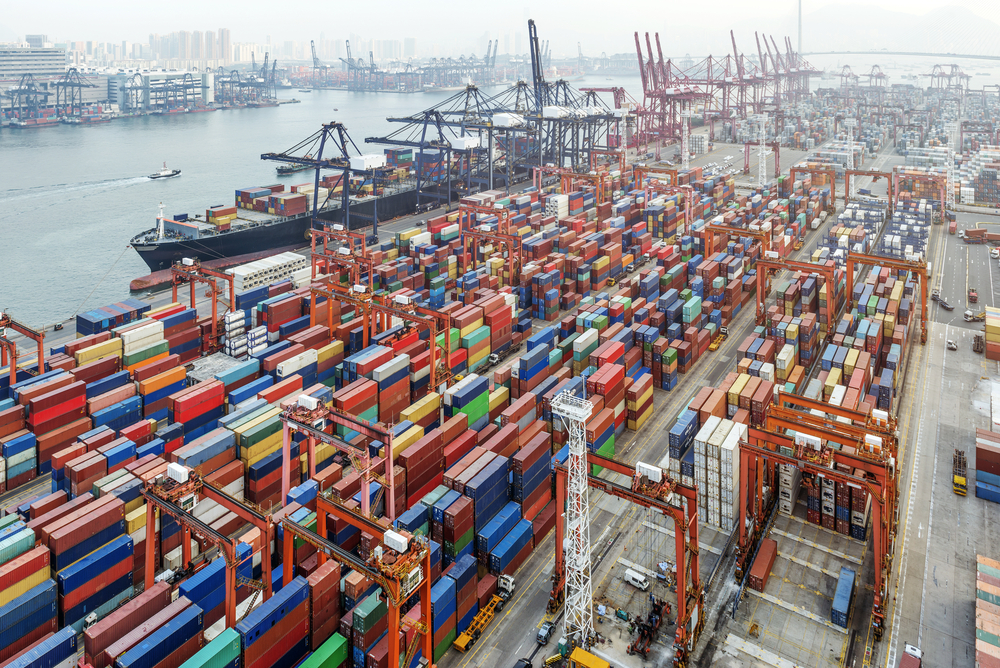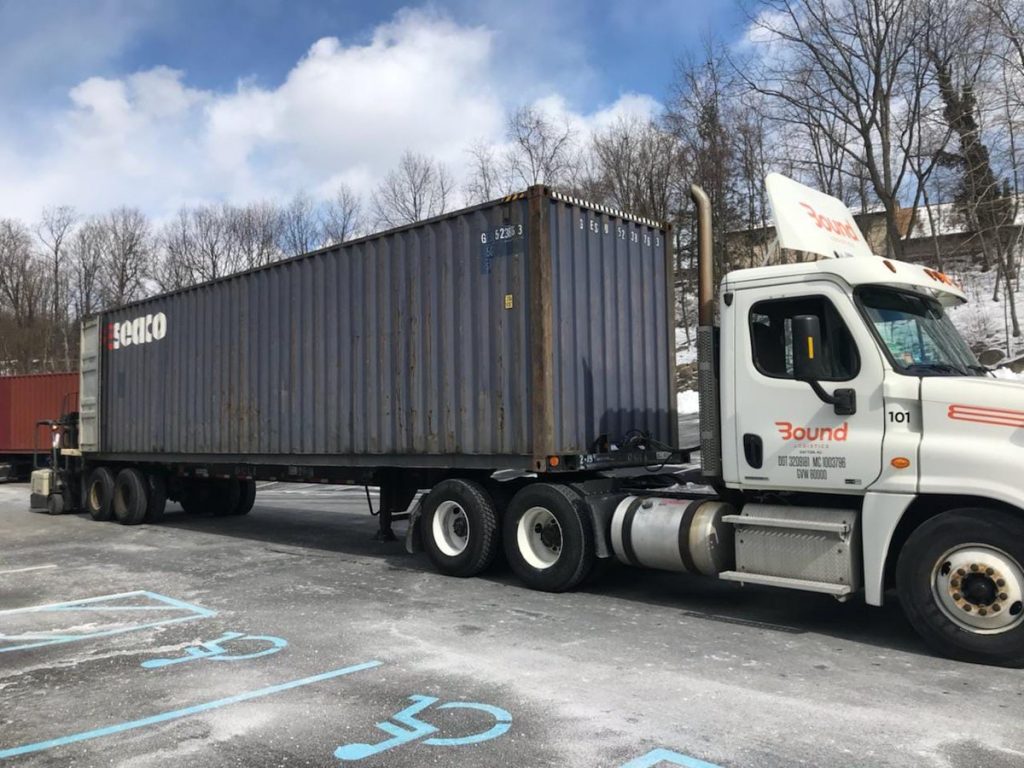
Understanding the drayage process and its origin can help you make the most of this logistics service. Drayage is a logistics term that involves shipping goods a short distance via ground freight. Drayage can help fill the gaps in intermodal shipping. The term drayage refers to a niche shipping service needed to move large containers for a truck, ship or rail. In shipping, drayage is a critical step in moving freight.
Drayage carriers must have the necessary bonding and licensing. Drayage companies take containers in and out of warehouses, rail terminals, ocean ports and harbours. This often involves taking huge steel shipping containers off rail cars and ship decks and then loading them on to truck trailers. From there, the container is hailed to a warehouse or storage facility to get ready for the next step in the intermodal shipping process. Drayage is part of a longer logistics process.
In drayage services, the containers carried usually stay in the same metropolitan area or close region. This is different than broader regional or national shipping. Drayage transport can often be completed in one driver shift.

Transporting Using Drayage
The distance and timeframe it takes a drayage service to move a container amounts to a very short period in the overall travel journey of the shipment. When a container ship arrives in port, a large contingency of drayage service drivers quickly moves in place to transport assigned cargo.
Drayage is an essential step in the supply chain. The only way your freight can make it from the port or intermodal terminal to the next mode of transport is via drayage.
How is Drayage Connected to Intermodal Shipping?
Drayage services connect these containers of freight from one intermodal point to another. For example, drayage service might include transporting a container from a receiving dock at an ocean port to a trucking terminal for transport to its end destination.
Why Drayage Service is Needed
In addition to ports with intermodal containers, retail venues along with trade show sites also use drayage service. Like moving cargo at a port, a lot occurs behind the scenes at shopping malls and trade shows.
Take shopping malls for instance. Getting freight in and out of stores, especially those without external loading areas, takes coordinating with a drayage service to get a shipment from the delivery truck to the storefront. Typically, a common delivery hub is available at retail malls. However, this short distance is critical for the store to cover on a regular basis.
The busy world of trade shows also depends on drayage service to move exhibitors in and out of the site in an efficient manner. Once materials for each exhibitor arrives at the location, it is a frenzy of activity to get everything ready. Exhibitors may send a team to construct displays a few days in advance.
Carriers contracted by the exhibitor delivers the shipment to the convention center, or venue for the trade show. Next, the drayage service takes over to move the freight the short distance from the loading dock to the exhibitor’s space on the tradeshow floor. While drayage covers a relative short distance, everything is typically is happening at a steady pace. Crews are on hand to get seasonal merchandise stores or transfer exhibit booths and equipment to the right spot.

The Final Word
What is drayage? Hopefully, this article has given you some insight into answering that question. If you’re looking for a reliable partner in logistics and drayage, why not consider Triton Logistics Inc? With years of experience under their belts, the team can handle any logistics queries you may have with the greatest of ease.

I like that you talked about how drayage could help fill the gaps in intermodal shipping. I was studying a bit about logistics earlier and I was a bit surprised to learn that there are actually quite a number of logistic options. It seems drayage services is one of the more important type of logistic services.